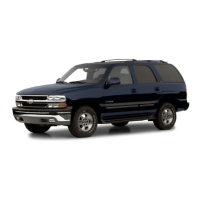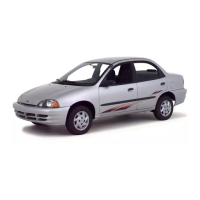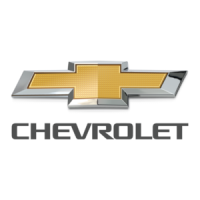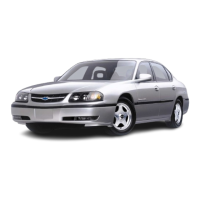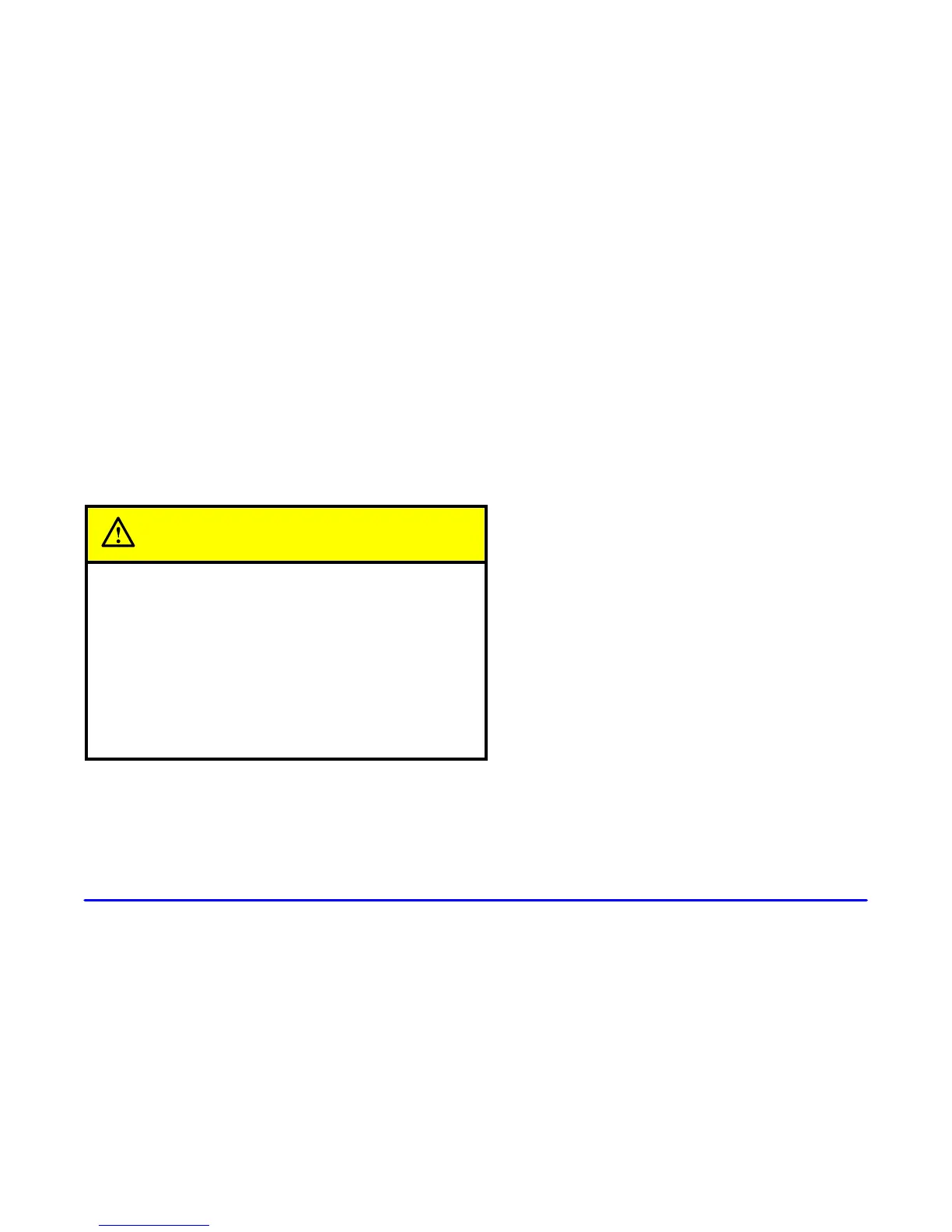 Loading...
Loading...
Do you have a question about the Chevrolet TRACKER 2000 and is the answer not in the manual?
| Brand | Chevrolet |
|---|---|
| Model | TRACKER 2000 |
| Category | Automobile |
| Language | English |
Information about seats and safety belt usage, including air bag systems.
Guidance on what to do about common problems that can occur on the road.
Details on required maintenance services and intervals for your vehicle.
Instructions on adjusting front and rear seats, head restraints, and seatbacks.
Proper usage of safety belts and the Supplemental Restraint System (SRS).
Guidelines for restraining infants and children, including different types of restraints.
Explanation of the air bag system, its operation, and safety precautions.
Explanation of vehicle warning lights, gauges, and indicators.
The importance of driver behavior, safety belts, and avoiding risky driving practices.
The effects of alcohol on driving ability and the dangers of drinking and driving.
Essential information and safety rules for towing a trailer with your vehicle.
Step-by-step instructions for safely jump-starting a vehicle with jumper cables.
What to do if your engine overheats, including safety precautions.
Instructions on how to safely change a flat tire using the vehicle's equipment.
How to check engine oil level, when to add oil, and the correct type of engine oil to use.
Information on tire maintenance, pressure, inspection, rotation, and replacement.
Details on maintenance services and intervals, including short trip/city and long trip/highway schedules.
Information on the 24-hour roadside assistance program and its services.
